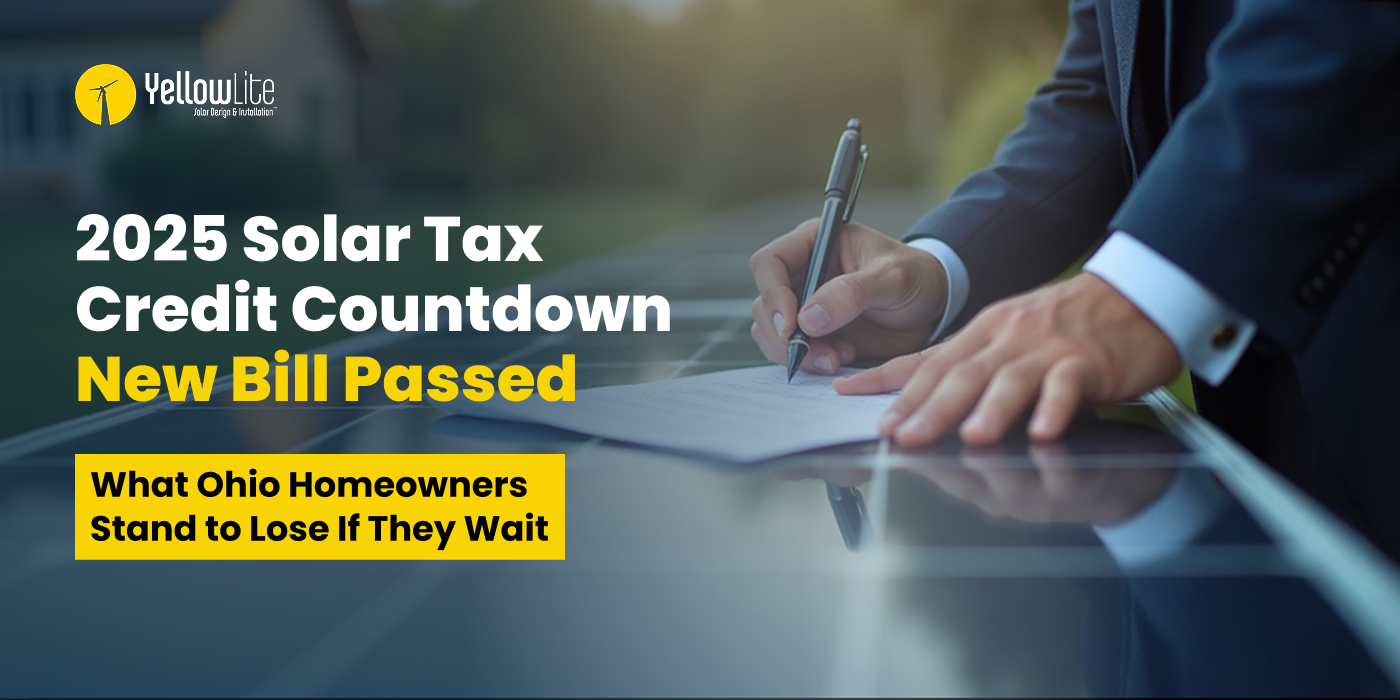If you’ve made the decision to go solar, then you’re probably in process of making sure your roof is solar ready. You will systematically go through inspections to determine the health of your roof, whether it needs replacement or repair and several other considerations. One such consideration is the amount of shading your roof gets.
Whether it’s caused by trees or even your own chimney, shading directly affects the efficiency of your solar unit and can cost you 20%-40% of the total output of your system.
Keeping this in mind, here are 5 ways you can help limit shading on your system:
- Bypass Diodes
- Panel Orientation
- Designing around obstacles
- Micro inverters
- Trim nearby homestead
Bypass Diodes:
You may be asking yourself, “how does the overall output get affected through shading?” Great question. Solar panels are mostly connected in the form of a series. If the first cell/module in the series is being shaded, it will produce less energy. This energy will then travel to the adjacent modules/cells, decreasing your overall output
Good news, Bypass diodes can prevent this from happening. These can be connected between the cells of your solar panels and will limit the power loss to the shaded areas instead of the entire system. The final output is still decreased as compared to a system that receives no shading but will be considerably higher than the output you would receive had you not installed bypass diodes.
Panel Orientation:
Oddly enough, solar panels can be the source of shadings if they are not installed at the right orientation. To prevent this from happening, installers usually give 5-10 meters of tilt to the row in the back. This not only prevents the panels from being shaded by each other but also helps cover less space and allows for the addition of more panels.
Designing Around Obstacles:
Small obstacles on your roof (chimneys, for example) can also shade a part of your system. While you are inspecting your roof for solar readiness, be sure to discuss these obstacles with the installers. Usually, Solar installers custom design the arrays and their placements in a way that prevents them from being shaded by obstacles on the roof.
Micro Inverters
Micro inverters are relatively new to the world of solar energy. Instead of one large inverter connected to your entire system, your system will have several micro inverters connected to each solar panel in your array. These not only help increase the output of your system but also protect the system from the damage caused by high voltage outgoing DC electricity.
Trim Nearby homestead:
This one is pretty obvious, but you wouldn’t believe the number of customers who experienced shading issues with their systems all because they didn’t trim their trees. If you are seriously considering going solar, do yourself a favor and buy a tree trimmer or hire a landscape architect to help take care of this problem. Remember to keep an eye on their growth throughout the years.
Now that you know how shading can affect your solar system’s efficiency and the ways in which you can prevent it, you can do a shading analysis of your roof before you dive into the installation process. If these measures are not enough to prevent your system from shading, you can consider installing ground mounts for solar instead.



